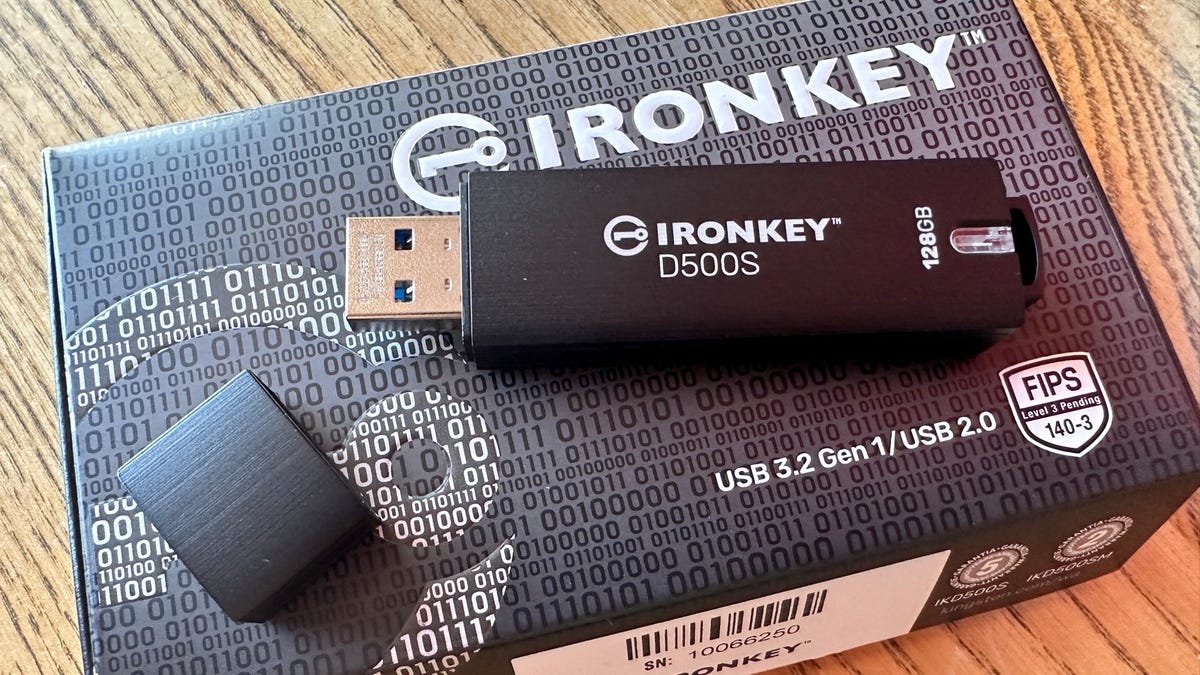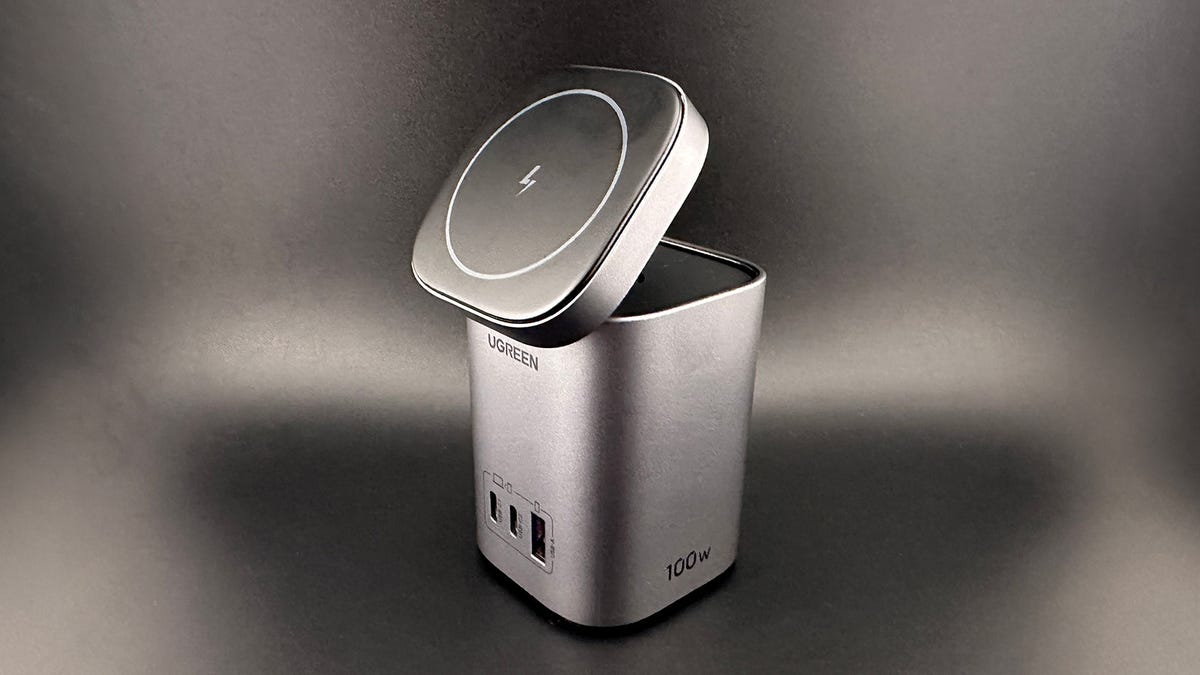BOOK THIS SPACE FOR AD
ARTICLE ADIn my previous post, I described loading five different Linux distributions onto my new Acer Aspire 5. In this post, I will add four more. But first I would like to add a bit more information about the laptop itself; I have been using it for a week, and I am quite pleased and impressed with it.

Acer Aspire 5 - Left Side.
Image: Acer Inc.
Acer Aspire 5 - Right Side.
Image: Acer Inc.First, it is quite fast, it boots Tumbleweed in less than 30 seconds, for example. Battery life is good, too; the specifications say approximately seven hours, and in continuous real-life use I've gotten something like six hours. Connectivity is excellent as well, I have used it on both wired and wireless networks with no problems, and I am using a Bluetooth mouse with it. Suspend/Resume on closing and opening the laptop lid works consistently. It is also well-equipped with external ports; on the left side you can see the lock connection, RJ45 wired network port, HDMI, USB 3.0 (Type A), USB 3.1 (Type C) and SD card slot. On the right side you can see the power connection, two USB 2 (Type A) and the headphone jack.
The display is clear, bright and easy to read with a resolution of 1920x1080, which gives plenty of working space. I have used it with an external monitor on the HDMI port, that came up with no problem as well, and all of the installed Linux distributions let me select between internal, external or both monitors, with both being either merged or extended. The display controller supports a maximum resolution of 8,192 x 8,192 so there shouldn't be any problem with connecting extremely high resolution external monitors.
All in all it is a very nice system, and am very pleased with it so far. So now, I'll get on with installing a few more Linux distributions...
Ubuntu
I picked up the latest ISO image from the Ubuntu Desktop Download page. There you will find both 18.04 LTS and 18.10. If your primary concern is stability, take the LTS (Long-Term Support) version and you should be good until 2023; if you want the latest and greatest developments and you don't mind having to upgrade in April when 19.04 comes out, then take 18.10 (as I did).
SEE: 20 quick tips to make Linux networking easier (free PDF)
I copied the ISO image to a USB stick and booted that, which then gave me a choice between going to the Live Desktop or immediately starting the installer. Installation took about 15 to 20 minutes, and completed with no problems. Rebooting after the installation finished got me into the installed Ubuntu system.

Acer Aspire 5 running Ubuntu 18.10 (Cosmic Cuttlefish).
Image: J.A. WatsonAs with almost all of the previous Linux distributions that I loaded, everything works.
Linux Mint Debian Edition (LMDE)
Unlike Linux Mint 19.1, which is based on Ubuntu, LMDE is based directly on Debian Stable. This turned out to be a very significant difference.
 Image: J.A: Watson
Image: J.A: Watson
I got the latest ISO image from the Download LMDE 3 Cindy page. Once again a Live image, which I copied to a USB stick and booted. Things looked a bit ominous from the start, because the first thing I saw was the warning shown here (see right). That's not good. I have seen this error a few times before, and it generally means that either the graphic card is not recognized, or the appropriate drivers aren't available or haven't been loaded properly.
The next thing I noticed, when I tried to dismiss this warning, was that the touchpad wasn't working. Sigh. This problem I sort of expected, since I've already seen that the blasted Clickpad doesn't work on Debian, but I was clinging to one frail thread of hope that it would be fixed in LMDE. Oh well.
I decided to press on, in the hope that getting LMDE installed and then adding all the latest updates would solve these problems. Fingers crossed...
Installation went smoothly (using a USB mouse, of course).

Acer Aspire 5 running Linux Mint Debian Edition 3 (Cindy).
Image: J.A. WatsonWhen I rebooted to the installed system, I still got the video warning, and the clickpad still didn't work. Then I was going to get the latest updates, and I got the next disappointment -- the Intel Wi-Fi adapter wasn't working, either. This is getting old.
As I have said before, at the very least I am determined... I plugged in a wired network cable, and used that to download and install all the LMDE updates. Crossed my fingers and rebooted... alas, there's no joy in Mudville tonight. I still got the video performance warning. The clickpad still didn't work. Wireless networking still didn't work. Grrr.
SEE: How to find files in Linux with grep: 10 examples (free PDF)
The moral here is that having Mint Debian based on Debian Stable (not even Debian Testing) can sometimes be a problem. I've had a look around, and it seems that the drivers for this Intel Wi-Fi card were first included with Linux kernel 4.14. LMDE is still running 4.9.
Anyway, I will leave this installation in place, and update it from time to time to see if any of these problems gets fixed. For right now, it's time to move on to the next distribution.
openSUSE Leap
While I have already installed openSUSE Tumbleweed and I have been using it for a week, Tumbleweed is the rolling release version of openSUSE and it is very much on the leading edge of development, so it can sometimes be a bit unstable; Leap is the "stable" (conservative) version, with periodic "point releases".
The installation image is available from the openSUSE download server. When I got there, I saw that there is a new version (15.1) available for testing right now. It's either an Alpha or Beta test version, depending on where you read about it. The preliminary Release Notes describe it as a Beta test version, but the release information in this distribution itself still say Alpha. Whatever, since I'm only loading things for testing purposes on this laptop anyway, I decided to go with 15.1.
There are currently no Live images for 15.1, so I downloaded the full installer (about 4GB), and copied that to a USB stick. Installation was once again no problem.

Acer Aspire 5 running openSUSE Leap 15.1.
Image: J.A. WatsonAfter the struggles with LMDE, I was very pleased that everything came right up and worked perfectly with Leap, including the clickpad and wireless networking. What a relief!
Others
In addition to these eight Linux distributions, I at least booted the Live images for Kali Linux, KaOS, Sparky Linux, and PCLinuxOS. The clickpad didn't work on any of them, and since I already have Debian and LMDE loaded, I decided to wait until those two sort out the clickpad before trying any of those others.
So the bottom line is that I have now installed eight different Linux distributions, of which six worked perfectly, and two have trouble with either the clickpad or the WiFi adapter (or both). This new Aspire 5 has already become my primary laptop for traveling and while working in Amsterdam, and I am very pleased with it so far.
PREVIOUS AND RELATED COVERAGE
Testing openSUSE, Manjaro, Debian, Fedora, and Mint Linux distributions on my new laptop
I just got a new Acer Aspire 5 laptop. Here are my experiences loading and running Linux on it.
Linux Mint 19.1 Tessa: Hands-on with an impressive new release
A new Linux Mint release is always good news. I have tried this one as a fresh installation, as an upgrade from 19.1 Beta and as an upgrade from both 19 and 18.3. Here are the results.
Hands-on with the new Raspberry Pi 3 Model A+ and new Raspbian Linux release
Finally, the little brother to the Pi 3 Model B+ is available. I've got one, and I've been trying it out along with the latest release of the Raspbian Linux operating system.
Raspberry Pi PoE HAT is back on sale again
After a problem with the PoE HAT for the Raspberry Pi 3B+, an updated version is now available.
Raspberry Pi: Hands-on with Kali, openSUSE, Fedora and Ubuntu MATE Linux
There has been considerable progress made since the last time I tried a variety of Linux distributions other than Raspbian on the Raspberry Pi, so I've given four of them another try.
Raspberry Pi: Hands-on with the updated Raspbian Linux
I have installed the new Raspbian 2018-10-09 release from scratch on some systems, and upgraded existing installations on others. Here are my experiences, observations and comments.
Raspberry Pi 3 Model A+ review: A $25 computer with a lot of promise (TechRepublic)
Get the lowdown on how well the latest Raspberry Pi board performs with benchmarks and the full specs.
How to start your smart home: Home automation, explained (CNET)
Starting a smart home doesn't have to be scary. Here are the basics.
.png)
 6 years ago
243
6 years ago
243 














 Bengali (Bangladesh) ·
Bengali (Bangladesh) ·  English (United States) ·
English (United States) ·